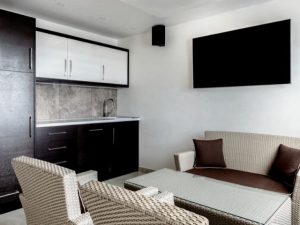Desiging a Lactation Room
It’s wise to consider how many women are likely to be needing the room or space, since women have to pump every 2 to 3 hours if there is more than one woman breastfeeding, a space where several moms can be pumping should be considered and provided.
Pumping takes time, consider implementing a lighter patient load for those nurses that are breastfeeding/pumping and ensure they have someone that can take over their patients when they need to step away to pump.
If the hospital is large, having several pumping rooms throughout should be considered so it doesn’t take a long time for someone to get to the pumping room since they will need to go to it at least 3 to 4 times each shift, if the shift is 12 hours long.
A door that locks from the inside and a space that is away from where others might hear the pump running.
The lock on the door will allow women to feel comfortable and be able to relax while pumping. Many mothers find it uncomfortable when everyone around them can hear they are pumping even if they can’t be seen.
Setting up a way for employees to schedule time in the room. Some companies set up a Google Calendar that only breastfeeding/pumping women and a designated supportive and knowledgeable coordinator will have access to.
Knowing ahead of time when the space might be occupied will allow women to organize their day according to the space reserved and their need to pump.









